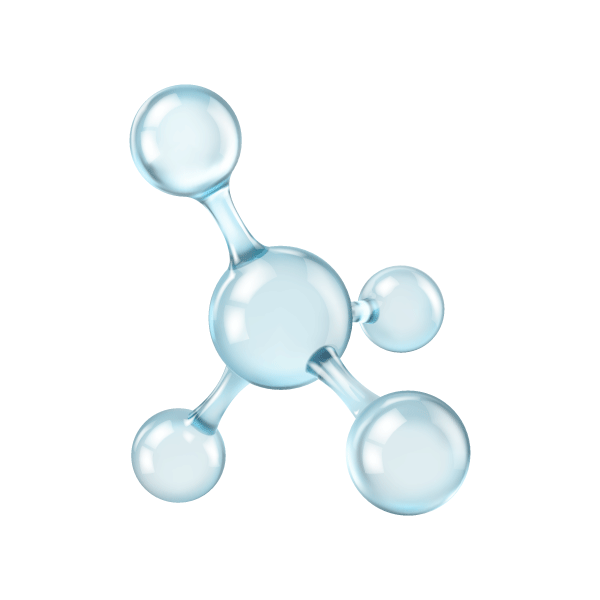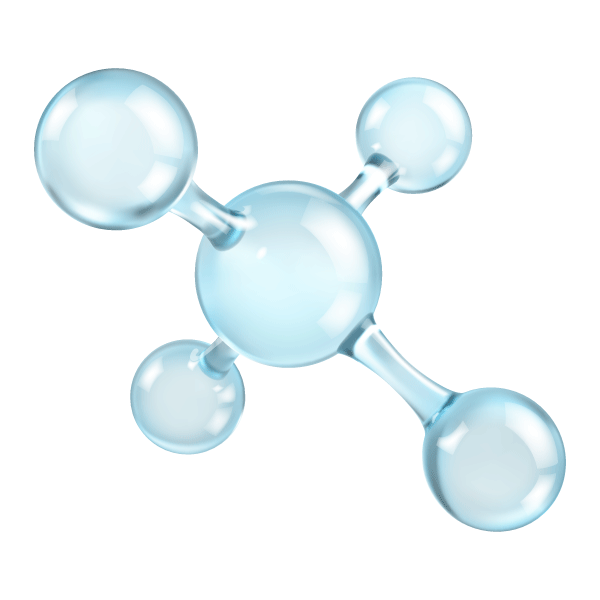A Design You Can Trust
All Of Optimized Activity, Toxicity, and ADME in 1 Molecule
In Silico Molecular Design
Published Since 2009
Multi-Condition QSAR Model for the Virtual Design of Chemicals with Dual Pan-Antiviral and Anti-Cytokine Storm Profiles
This work reported for the first time, multi-condition model based on quantitative structure–activity relationships and an artificial neural network (mtc-QSAR-ANN) for the virtual design of new drug-like molecules with potential pan-antiviral activity (against SARS-Cov-1, SARS, Cov-2, influenza A and B viruses, and RSV) while also exhibiting anti-cytokine storm profiles (against caspase-1 and TNF-alpha).


PTML Modeling for Pancreatic Cancer Research: In Silico Design of Simultaneous Multi-Protein and Multi-Cell Inhibitors
Here, we reported for the first time two models that combined perturbation theory with machine learning via a multilayer perceptron network (PTML-MLP) to perform the virtual design and prediction of molecules with acceptable drug-likeness that can simultaneously inhibit multiple pancreatic cancer (PANC) cell lines as well as the PANC-related proteins named caspase-1, TNF-alpha, and the insulin-like growth factor 1 receptor (IGF1R).
QSAR Modeling for Multi-Target Drug Discovery: Designing Simultaneous Inhibitors of Proteins in Diverse Pathogenic Parasites
In this study, we reported the first multi-target model based on quantitative structure-activity relationships and a multilayer perceptron neural network (mt-QSAR-MLP) to virtually design and predict versatile drug-like inhibitors of proteins involved in the survival and/or infectivity of four different pathogenic parasites, namely Trypanosoma cruzi, Trypanosoma brucei brucei, Plasmodium falciparum, and Toxoplasma gondii. Docking calculations converged with the mt-QSAR-MLP model regarding the multi-target profile of the designed molecules.

SOFTWARE & DATABASES
This includes a list of software and databases used in my works as well as others of great importance in the context of computer-aided molecular design, chemoinformatics, and related scientific disciplines.
News & Stories
New Compounds with Potent Antibacterial Activity and Desirable In Vitro ADMET Profiles
In this work, we introduce the first multitasking model for quantitative structure-biological effect relationships focused on the simultaneous exploration of antibacterial activity against Gram-negative pathogens and in vitro safety profiles related to absorption, distribution, metabolism, elimination, and toxicity (ADMET). The multitasking model for quantitative structure-biological effect relationships was created from a data set containing 46,229 cases, and it exhibited accuracy higher than 97%
PTML Modeling for Alzheimer’s Disease: Design and Prediction of Virtual Multi-Target Inhibitors of GSK3B, HDAC1, and HDAC6
We assembled ten molecules from several fragments with positive contributions. Seven of these molecules were predicted as triple target inhibitors while the remaining three were predicted as dual-target inhibitors.
Enabling the Discovery and Virtual Screening of Potent and Safe Antimicrobial Peptides. Simultaneous Prediction of Antibacterial Activity and Cytotoxicity
This work introduces the first multitasking (mtk) computational model focused on performing simultaneous predictions of antibacterial activities, and cytotoxicities of peptides.












